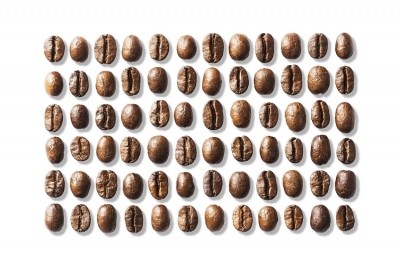Consumer responses to coffee assessed through wearable technology

When assessing the quality of food, how do you express your pleasure or displeasure? Describing the taste? Simply going ‘mmmmm’?
Researchers in Italy have developed a new piece of technology that can cut out the middleman, directly measuring your emotional response. Though used for for coffee, the tech has the potential to be used for other food and drink.
How can technology measure emotional responses to coffee?
The researchers developed the technology to assess one’s emotional response to coffee. Traditionally, consumer acceptance and preference testing has been an inaccurate way of assessing the appeal of the taste of consumables such as coffee.
Traditional methods of assessing consumer emotions, such as asking them to describe these emotions, have been disputed in the past in the past due to potential cognitive biases.
Queue the entry of technology into the field. Wearable non-invasive ECG, EDA, and EEG technology was used on trained coffee tasters to test emotions. As in an ordinary testing panel, the judges were asked to rate each coffee they tasted.
ECG, EDA and EEG
These are different responses in human beings that can be measured with technology.
An electrocardiogram, or ECG, can be used to used to heart rate’s rhythm and electrical activity. Electrodermal activity (EDA) measures changes in conductivity on the skin due to activity of sweat glands, and thus detects emotional states. Finally, an electroencephalographic signal (EEG) detects abnormalities in brain waves, and detects the activation and connectivity of different areas of the brain.
After analysing the data from this equipment, the researchers found that they were not contradictory, and could actually work together to test one’s response to the taste of coffee. The three methods of analysis (two physical, one looking at brain activity) were also found to complement each other well, with all three creating a more complete picture of the wearer’s response.
The data also worked well with the sensory responses recorded by the tasters. For example, even visual stimuli, such as the colour of the coffee, was found to be an important aspect of influencing emotional response, boosting the EDA signal.
Interestingly, a stronger or more intense smell was found to stimulate both a greater somatic (physical) response, and a greater amount of cognitive resources invested in the drinking experience.
Furthermore, it was found that tasters had a more positive response to acidity if it was found in tastes they were familiar with.
Overall, while as a pilot study, the sample was quite small, the research fulfilled its role of proving that the combination of ECG, EDA and EEG technology can complement sensory questionnaires in assessing consumer responses to coffee.
Potential applications
The research has the potential to be highly impactful to neuromarketing, and to lead to the development of more emotionally satisfying coffee for consumers.
It doesn’t end at coffee, though. Lucia Billeci, one of the researchers, said that “we are now conducting other investigations on different biological matrices related to food and drinks, for example in some particular wines.”
Sourced From: Journal of the Science of Food and Agriculture
'Taste the emotions: pilot for a novel,sensors-based approach to emotionalanalysis during coffee tasting'
Published on: 27 November 2023
Doi: https://doi.org/10.1002/jsfa.13172
Authors: A. Tonacci, I. Taglieri, C. Sanmartin, L. Billeci, G. Crifaci, G. Ferroni, G. P. Braceschi, L. Odelloe and F. Venturi















